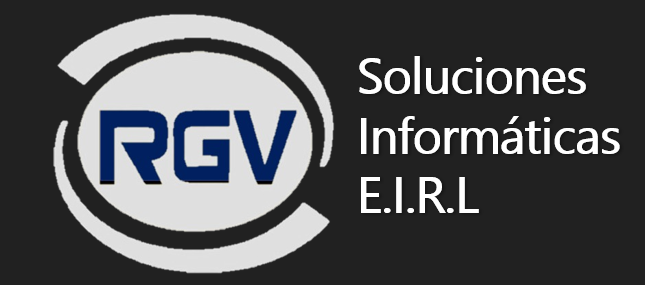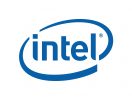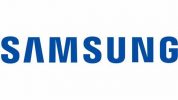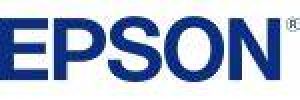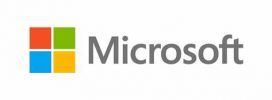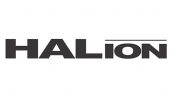FIX is an electronic communications protocol used to share international real-time exchange information related to the trillions of dollars of securities transactions and markets. An order management system (OMS) is an electronic system developed to execute securities orders in an efficient and cost-effective manner. Brokers and dealers use an OMS when filling orders for various types of securities and can track the progress of each order throughout the system.
Modules can give businesses inventory control in order splitting and routing while taking data about sales patterns throughout different regions. ZagTrader offers a comprehensive trade order management solution that integrates both OMS and EMS functionalities. Their platform provides a unified interface for order creation, modification, and routing, ensuring compliance with regulatory requirements. OMSs incorporate advanced investment compliance functionalities, ensuring adherence to regulatory requirements and internal policies. They perform real-time compliance checks, monitor trading activities, and generate compliance reports, helping asset managers mitigate compliance risks. OMSs provide portfolio managers with a high-level working view of their portfolios.
Let’s explore how advanced order management system software can be the anchor of efficiency in your logistics strategy. In the fast-paced and intricate world of logistics, the challenges you face daily are not just about moving products from point A to point B. It’s about managing a complex network of orders, customer expectations, and ever-changing market dynamics. This is where the role of an Order Management System (OMS) becomes not just beneficial, but essential. Fashion retailer Eileen Fisher built a single pool of inventory across channels to improve trust in inventory data, execute more flexible fulfillment and cut customer acquisition costs.
For example, a portfolio manager may decide to reduce the exposure to a specific stock and issue instructions to the OMS accordingly. The OMS will then translate those instructions into precise sell orders and send the information to the trader. An OMS can integrate with Execution Management Systems (EMS) and/or outsourced trading providers, to provide a seamless workflow from order generation to trade execution. For simple trading requirements, an Order Management System can route orders directly to brokers, which negates the need for an EMS. This feature ensures timely and accurate execution of trades, minimising manual intervention and reducing the risk of errors. SaaS vendors, like Salesforce, offer a vast partner ecosystem that helps businesses drive innovation and improve their business systems.
We will also explore how ZagTrader, a leading provider of trading solutions, offers comprehensive trade order management capabilities that encompass both OMS and EMS functionalities. Execution Management Software offers traders access to in-depth, real-time market data. This includes information on prices, volumes, and liquidity across different trading venues. Having up-to-date market data allows traders to make informed decisions and react quickly to market movements. OMSs sometimes offer portfolio modelling tools that help portfolio managers assess the impact of potential trades on their portfolios.
When selecting an EMS, prioritize systems that offer automated trading features, including rules-based order routing and sophisticated order types like conditional orders, list trading, and multi-leg orders. EMS Trading platforms provide traders with real-time market data and quick access to various trading venues. This allows them to make informed decisions and execute trades rapidly, helping traders achieve best execution and minimise slippage. It covers functionalities like rebalancing, order routing, and real-time portfolio analytics. OMSs primarily cater to front- and middle-office functions, enabling investment managers to streamline daily investment workflows, automate allocations, ensure compliance, and enhance order planning. While OMSs may offer execution capabilities, they are primarily used by portfolio managers to manage portfolios and generate orders based on their investment strategies.
- The Charles River Network enables fast and reliable direct access between buy-side clients and sell- side brokers.
- Consider the system’s integration capabilities, scalability, ease of use, the level of customer support provided, and whether it offers features that align with your specific business needs.
- Without a centralized order management system, realizing a comprehensive view of demand, transactions and customers across all channels and fulfilment locations can be extremely difficult.
Traders can quickly send orders directly from the blotter to multi-broker trading venues, crossing networks, broker algorithms, program desks, alternative trading systems, dark pools, and smart routers. Charles River offers clients complete FIX software administration, connectivity management and support for each sell-side broker and trading destination. The main difference between OMS and DOM systems is how they process and fulfill orders. With traditional OMSs, this technology generally tracks and controls the entire order process. For example, businesses can set delivery criteria, which DOM systems adhere to when processing orders and returns. In turn, DOM systems can determine which storage location is most efficient to ship products out of.
Consider the system’s integration capabilities, scalability, ease of use, the level of customer support provided, and whether it offers features that align with your specific business needs. With ASC Software, you’re not just managing a warehouse or processing orders; you’re delivering a seamless experience from the warehouse to your customer’s doorstep. Our solution empowers you to exceed customer expectations with every order, enhancing your brand’s reputation for reliability and excellence in logistics. From the moment goods enter the warehouse until they’re shipped out, a WMS manages these processes, ensuring efficient space utilization and minimizing handling time.
In theory, traders don’t have to switch between multiple systems, taking staged orders from the OMS and sending them to the EMS. In practice, however, that integration is already very smooth for most OMSs and EMSs. In the case of Limina’s IMS, the middle office system is the same as the PMS and OMS, so workflows continue into operations seamlessly.
Thanks to their ability to check and prevent unfavorable or risky trades, these systems also help to reduce the overall portfolio risk. OMS tools are capable of monitoring and responding to price changes in real time to execute transactions at the most favorable terms. With an order management system, investors can handle huge volumes of transactions across multiple markets and exchanges—all from a single, centralized tool.
For many firms, the best way to combat these challenges is to combine the OMS and the EMS into one OEMS sharing a single, centralized source of truth. One mistake I see firms make is selecting an OMS provider that does not offer the integrated, advanced EMS functionality they need. Having to tack on a third-party EMS can lead to clunky, FIX-only workflows and increased overhead.
The order management process begins once a customer places an order at the point of sale (POS). It then follows the order through shipping and notes routing Forex Indicators and tracking information. Embarking on the journey of efficient business operations requires a fundamental understanding of Order Management Systems (OMS).
These benefits enable traders to execute trades effectively, make informed decisions, and navigate the complexities of the financial markets. Traders and their investment firms can greatly benefit from leveraging an EMS to streamline their trading activities, access real-time market data, and achieve faster and more efficient trade execution. An excellent order management system that can support regulatory compliance includes real-time assessments of transactions both before and after entry. An order management system can enhance the workflow and communicate verbally between portfolio managers, traders, and compliance employees. This allows users to disclose market costs and execute orders in several exchanges instantly with the help of real-time price streaming.
Businesses—ecommerce businesses and sellers in particular—also use an OMS to streamline and automate the sales and fulfillment process from the point of sale to delivery to the customer. An OMS in the financial markets may also be referred to as a trade order management system. As a general rule of thumb, more capabilities within the same solution will reduce the cost of your investment systems.
